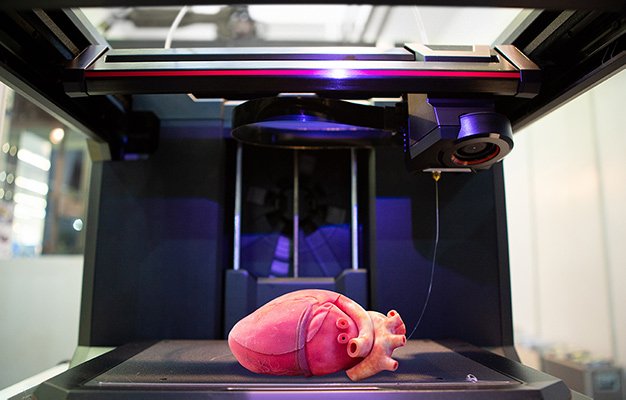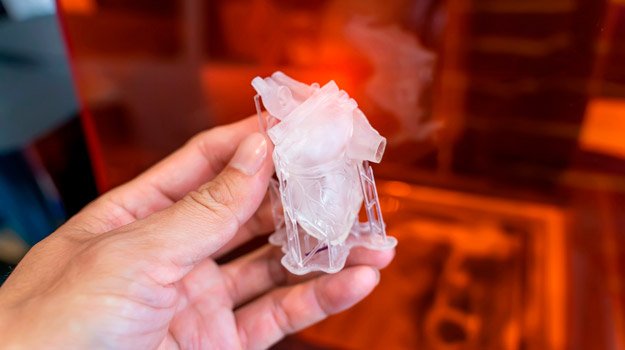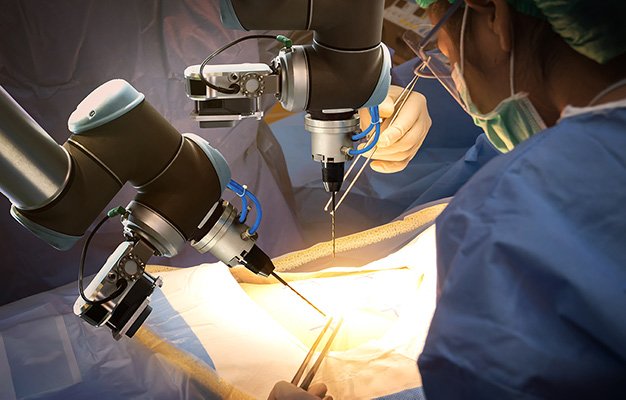
Hormone Health TRT

Research has been continually progressing to deliver scientific vision into health care. In short years, smart and cutting-edge technology will change the future of medicine and how we see the medical system from a “cure” to preventive, more precise, and personalized treatments.
RELATED: Benefits of Spermidine for Cell Renewal
Societies have changed their approach to illness and diseases from ancient times to the present. We have come a long way back in the decades where the healthcare system has focused on treatment by providing diagnosis and prognosis. The future of medicine relies on breakthroughs and innovations brought by science and technology. The following are some of the advancements possible in the near future:

Three dimensional (3D) bioprinting in medicine incorporates materials such as metal, powders, plastics, ceramics, liquids, or even living cells to produce 3D objects.
The medical applications for 3D printing include broad categories ranging from customized prosthetics, implants, tissue and organ fabrication, and drug research.
3D printing in medicine allows for customization and personalization of medical products. Custom-made materials for patients can help decrease recovery time and positively influence the success of the implant.
The application of 3D in medicine started in the early 2000s for dental implants. Since then, several biotech companies have focused on creating tissues and organs for Medical Research. At present, the treatment for organ failure mainly relies on organ transplants. However, there is a shortage of organs and biological conditions that make the transplant impossible. In the future, 3D printing may solve this problem.

Artificial organs are complex medical devices subsisting active biochemical or mechanical functions such as heart, liver, pancreas, kidney, or neurosensory organs.
Artificial organs are either implanted in the body or function outside the patient’s body (extracorporeal). Considerable research and development have involved devices that have active mechanical, biologic, or mass exchange functions. Just before Christmas of 2020, European regulators approved sales of the first artificial heart after 27 years.

Robotic surgery aids in control, precision, and flexibility in minimally invasive procedures. With robotic surgery, surgeons can perform very complex and intricate operations that are otherwise highly difficult.
As technology improves in the coming years, robotic surgery will be more integrated with augmented reality (AR). With AR-enhanced perceptual information and multiple sensors, surgeons can view necessary patient information.
These techniques and enhancements could bring an inevitable paradigm shift that might be at hand have become readily applied worldwide.
RELATED: Can AI Fitness Gadgets Improve Your Workout?

An approach focusing on individual treatment and prevention of diseases allows more accurate strategies for a particular group of people. Precision medicine considers factors such as individual variability in genes, lifestyle, and environment for each person.
Precision medicine goes hand in hand with genomics to determine the genetic bases of the differences to delay and treat the onset of diseases. Researchers and medical practitioners can use genomic information for conditions caused by genetic and environmental factors such as asthma, heart disease, diabetes, and cancer.
Telehealth covers technology set to provide health information, training, education, and medical care in remote locations. Telehealth encompasses telemedicine, a modern tool that employs modern telecommunication tools such as mobile applications and computer programs to conduct consultations and video calls.
Studies have shown that telemedicine appointments can be comparable to in-patient visits in several medical specialties. Telemedicine allows for shorter and more frequent virtual visits to connect multiple providers for patients. Today physicians can deliver more and more of their services virtually.
From 2010-2017, the rate of US hospitals that connect with patients through virtual and other technology has increased from 35% to 76%. The utilization of telehealth has been vital in this time of coronavirus and predictably in the future of medicine.
Opt health is a telemedicine platform that aims to reconnect men with wellness, strength, and sexual vitality through the science of preventive medicine.
For questions, inquiries, or appointments, do not hesitate to contact us. Get personalized support and insight from top-tier physicians available for you 24/7.
Up Next:
Your health, your terms. Discover how personalized care can transform not just the way you feel, but how you live.